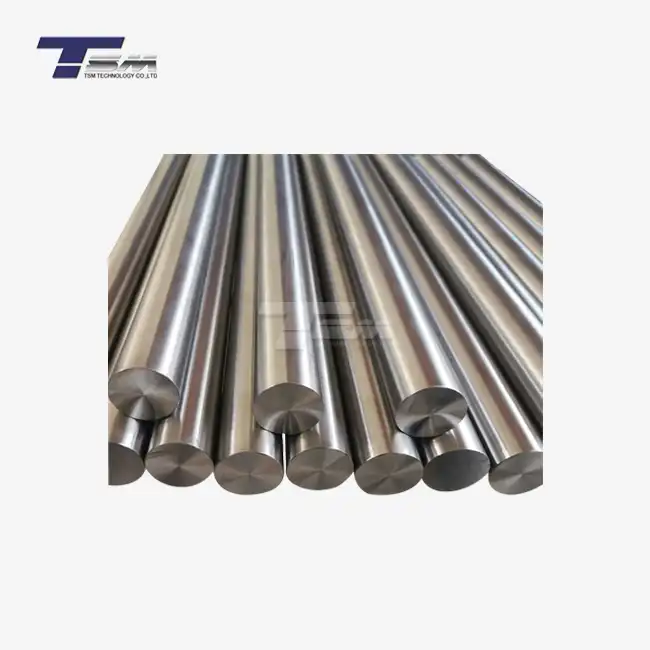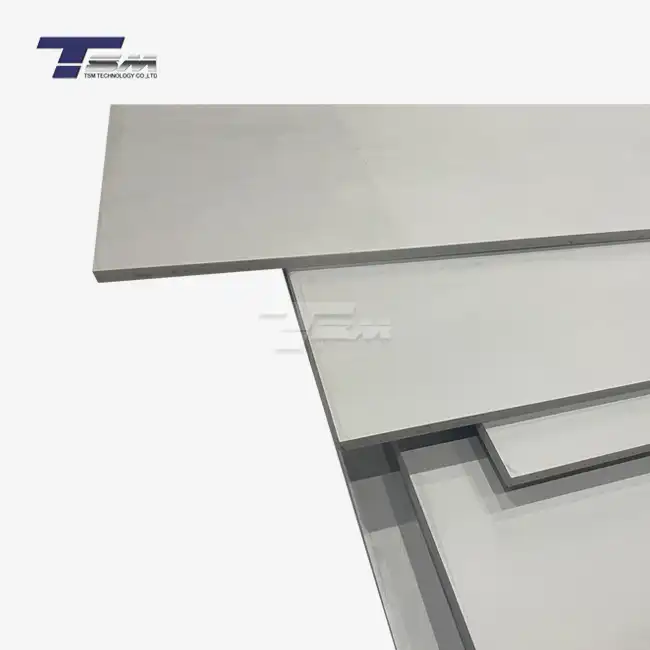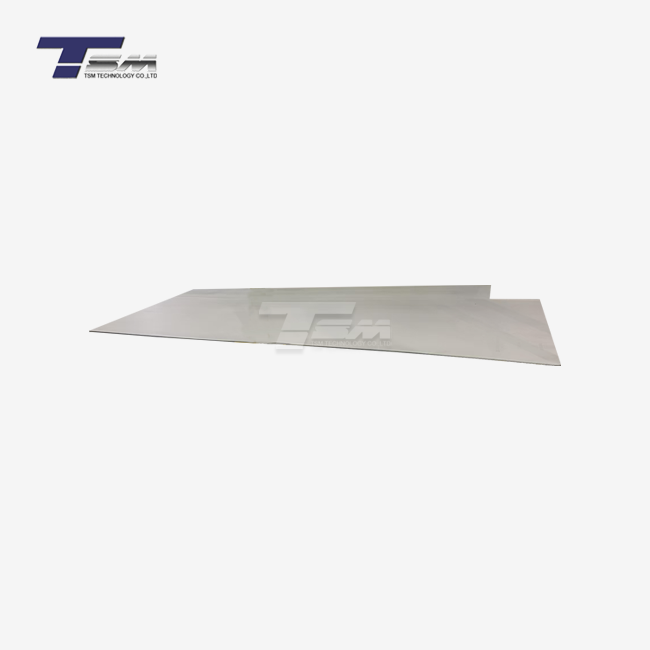- English
- French
- German
- Portuguese
- Spanish
- Russian
- Japanese
- Korean
- Arabic
- Greek
- German
- Turkish
- Italian
- Danish
- Romanian
- Indonesian
- Czech
- Afrikaans
- Swedish
- Polish
- Basque
- Catalan
- Esperanto
- Hindi
- Lao
- Albanian
- Amharic
- Armenian
- Azerbaijani
- Belarusian
- Bengali
- Bosnian
- Bulgarian
- Cebuano
- Chichewa
- Corsican
- Croatian
- Dutch
- Estonian
- Filipino
- Finnish
- Frisian
- Galician
- Georgian
- Gujarati
- Haitian
- Hausa
- Hawaiian
- Hebrew
- Hmong
- Hungarian
- Icelandic
- Igbo
- Javanese
- Kannada
- Kazakh
- Khmer
- Kurdish
- Kyrgyz
- Latin
- Latvian
- Lithuanian
- Luxembou..
- Macedonian
- Malagasy
- Malay
- Malayalam
- Maltese
- Maori
- Marathi
- Mongolian
- Burmese
- Nepali
- Norwegian
- Pashto
- Persian
- Punjabi
- Serbian
- Sesotho
- Sinhala
- Slovak
- Slovenian
- Somali
- Samoan
- Scots Gaelic
- Shona
- Sindhi
- Sundanese
- Swahili
- Tajik
- Tamil
- Telugu
- Thai
- Ukrainian
- Urdu
- Uzbek
- Vietnamese
- Welsh
- Xhosa
- Yiddish
- Yoruba
- Zulu
Titanium Alloy: The "Metal Star" in 3D Printing Technology
In modern manufacturing, 3D printing technology has become a key driver of change in traditional production methods. Among various materials, titanium alloy has gradually become the "metal star" in the field of 3D printing due to its outstanding performance.Titanium alloys have garnered significant attention in 3D printing (additive manufacturing) due to their unique properties, making them essential materials in aerospace, medical, automotive, and industrial sectors. Below is a detailed explanation of their applications.

1. Advantages of Titanium Alloys
· Lightweight and High Strength: Titanium alloys are lightweight yet strong, ideal for applications requiring weight reduction and high strength.
· Excellent Corrosion Resistance: They perform exceptionally well in harsh environments, such as aerospace and marine settings.
· Biocompatibility: Titanium alloys are non-toxic and compatible with human tissues, widely used in medical implants.
· High-Temperature Resistance: They maintain stability under high temperatures, making them crucial for aerospace engine components.
However, traditional processing of titanium alloys comes with high costs and processing difficulties. The rise of 3D printing technology has opened up new possibilities for the application of titanium alloys.
2. Titanium Alloy and 3D Printing: A Powerful Combination
Complex Structure Fabrication: 3D printing enables the creation of intricate geometries that are challenging to achieve with traditional manufacturing. For example, in aerospace, honeycomb structures and topologically optimized designs are difficult to achieve through traditional methods, but 3D printing can easily handle these challenges. And the lattice structures and topology-optimized parts and so on.
3D printing technology (additive manufacturing) builds objects layer by layer, enabling the creation of complex structures. When combined with titanium alloys, 3D printing offers the following advantages:
· High Material Utilization: In traditional manufacturing, up to 90% of titanium alloy material can be wasted during cutting. As an additive manufacturing technology, 3D printing minimizes material waste, which is particularly beneficial for expensive titanium alloys.
· Rapid Prototyping: 3D printing allows for rapid prototyping, design optimization, and faster time-to-market for new products. It facilitates quick production of prototypes, reducing product development cycles.
· Customization: In the medical field, 3D printing enables the production of personalized titanium alloy implants and prosthetics tailored to individual patients, improving medical outcomes.It is particularly useful for creating personalized medical implants and surgical tools.

3. Methods for 3D Printing Titanium Alloys
Powder Bed Fusion (PBF)
Includes Selective Laser Melting (SLM) and Electron Beam Melting (EBM).
Suitable for high-precision and complex geometries.
Commonly used titanium alloy powder: Ti-6Al-4V (TC4), known for its excellent comprehensive properties.
Directed Energy Deposition (DED)
Uses lasers or electron beams to melt and deposit titanium alloy powder or wire onto a substrate.
Suitable for manufacturing and repairing large components.
Cold Spray
High-velocity gas streams deposit titanium alloy particles onto a substrate, forming dense coatings or structures.
Applied in coating reinforcement and specific component fabrication.
4. Key Application Areas
1) Aerospace
Titanium alloy 3D printing is used to manufacture lightweight, high-strength components such as aircraft engine blades and fuselage parts, significantly improving fuel efficiency and flight performance.
Engine Components: Combustion chambers, blades, turbine disks, and other parts requiring high-temperature resistance and lightweight properties.
Structural Parts: Airframe frameworks, supports, and connectors with complex geometries.
Satellites and Spacecraft: Lightweight and high-strength titanium alloy structural components.
Here is an image depicting a futuristic 3D printing machine printing titanium alloy parts, showcasing the advanced technology and intricate aerospace components being built layer by layer.

2) Medical
Personalized implants, such as artificial joints, bone plates, and dental restorations, are highly favored due to their biocompatibility and customization advantages.
Implants: Joint replacements, bone plates, dental implants, and more.
Surgical Tools: Customized surgical instruments.
Orthopedic Repairs: Complex-shaped bone substitutes tailored to patient anatomy.

As technology continues to evolve, selecting the right metal alloy for specific medical needs will be key for 3D printed implants. By understanding the properties of these metal materials, researchers, clinicians and engineers can take full advantage of metal 3D printing technology and enter a new era of personalized medical implants, thereby improving the quality of life of patients and driving innovation in the field of health care.
3) Automotive
High-performance race car components, such as suspension systems and brake parts, benefit from titanium alloy 3D printing for weight reduction and performance optimization.
Racing Components: Lightweight, high-strength parts such as suspension systems and drivetrain components.
Engine Parts: Turbocharger housings and other high-temperature components.
4) Industrial
Chemical Equipment: Corrosion-resistant pipes, valves, and pump housings.
Energy Sector: Critical components in nuclear and offshore wind power systems.
5) Consumer Electronics
The lightweight and high-strength properties of titanium alloy make it an ideal choice for the casings of high-end smart devices.
6) Energy industry
3D technology used in nuclear power plants and oil drilling equipment to enhance corrosion resistance and high temperature
5. Challenges and Future Directions
Challenges
High Costs: Titanium alloy powder and 3D printing equipment are expensive.
Printing Defects: Issues like porosity, cracking, and residual stress can affect part performance.
Lack of Standardization: Consistency in the performance and quality of 3D-printed titanium parts needs improvement.
Future Directions
Material Optimization: Developing cost-effective, high-performance titanium alloy powders.
Process Improvements: Enhancing equipment precision and optimizing process parameters to reduce defects.
Post-Processing Technologies: Advancing heat treatment and surface finishing to improve part performance.
Multi-Material Printing: Enabling composite printing of titanium alloys with other materials to expand application scenarios.
The integration of titanium alloys with 3D printing technology is driving manufacturing toward efficiency, precision, and sustainability. As the technology matures, the applications of 3D-printed titanium alloys will expand further, especially in high-end manufacturing sectors.
With continuous advancements in 3D printing technology, the application prospects of titanium alloy are becoming increasingly broad. Research and innovation are accelerating in areas such as material modification, printing efficiency improvement, and cost reduction.
The combination of titanium alloy and 3D printing technology is not only the result of technological progress but also the direction of future manufacturing industry transformation. Whether in the airplanes flying in the sky or the smart devices worn on the wrist, their presence is becoming more and more common.
If 3D printing is the future of manufacturing, then titanium alloy is undoubtedly the shining star of that future.
Titanium Alloy + 3D Printing is redefining the possibilities of manufacturing!
Learn about our latest products and discounts through SMS or email

_1739071678907.webp)

